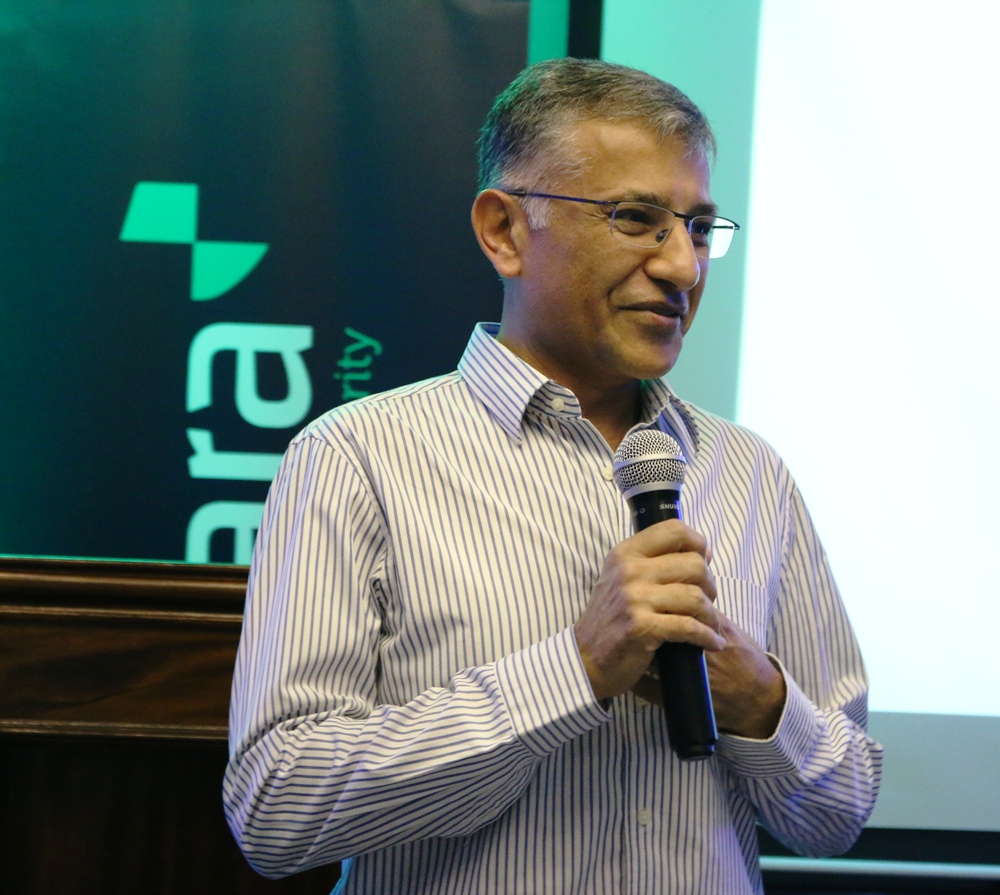
, NAIROBI, Kenya, Oct 9 – The pension industry assets in the past 10 years has remained unchanged despite registering growth from Sh300 billion recorded in FY17/18 to Sh1.2 trillion FY18/19.
Zamara Group Chief Executive Officer Sundeep Raichura has attributed this to a lack of flexibility by pension schemes not diversifying on other asset classes.
“The correlation that you would expect amongst the different asset classes to enable diversification of assets is not really happening and the asset class that was least correlated was actually a property that highlights the schemes to look at other alternatives of asset classes,” he said.
He further encouraged the different pension schemes to try adding Private Equity which has started to pick up.
“We are seeing a growing interest in the Private Equity Asset class in Kenya so there are schemes by regulation pension funds can invest up to 10 percent of the portfolios in Private Equity but so far it is less than one percent that has been located in that area,” he added.
He was speaking during Zamara’s annual report on pension performance 2019 in Kenya.
Roughly, 70 percent of the allocations are in fixed incomes which are mainly government bonds while 25per cent is in inequities.
Currently, the Retirement Benefits Authority has okayed the sector to be widened that will save Kenyans to save more for their old age settlement.
The report comes at a time when the Association of Kenya Insurance who conducted a study in Nairobi, Mombasa, Kisumu, Vihiga, Nyeri, Meru, Machakos, Eldoret, Kericho, and Garissa revealed that a third of the country’s population is adequately prepared for retirement.
The low preparedness for retirement has been pegged on several factors such as high cost of living, not having enough income to save, lack of saving discipline, lack of financial advice and lack of investment ideas or options.
“Many of the people living in urban areas are not preparing for retirement as much as what is happening in the rural area who is ahead at 32 percent while the urban residents are at 27 percent,” reads the report.
NSSF stands out as the retirement plan many will rely on in retirement with more than half of the respondents referring to it as their source of income when they retire.
Looking at gender differences, females reported being more prepared than their male counterparts at 31 percent and 27 percent respectively.